Home>Gardening & Outdoor>Landscaping Ideas>What Kills Grass And Weeds But Not Flowers
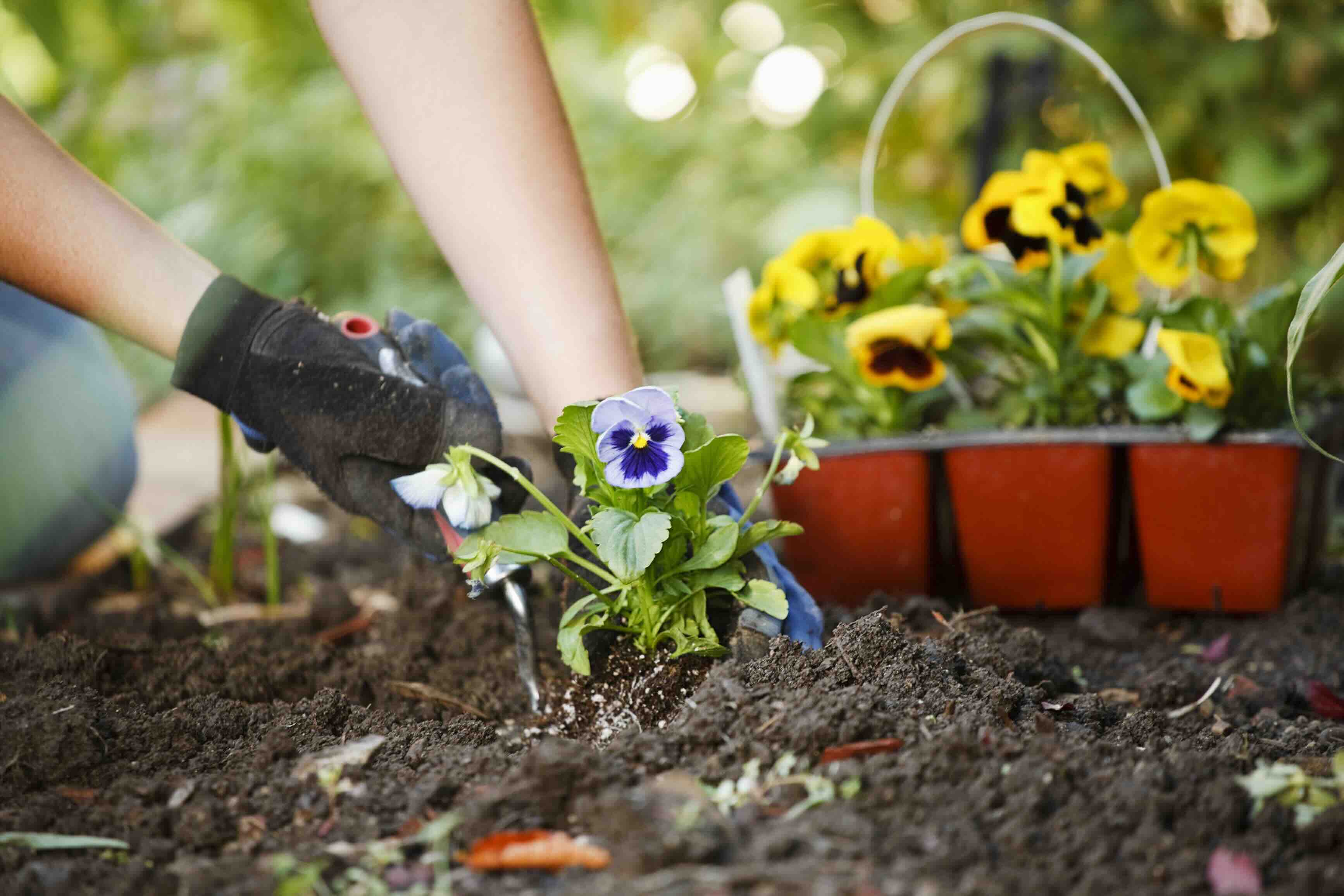

Landscaping Ideas
What Kills Grass And Weeds But Not Flowers
Modified: February 18, 2024
Discover effective landscaping ideas for killing grass and weeds without harming your flowers. Explore safe and efficient methods to maintain a beautiful garden.
(Many of the links in this article redirect to a specific reviewed product. Your purchase of these products through affiliate links helps to generate commission for Storables.com, at no extra cost. Learn more)
Introduction
When it comes to maintaining a beautiful garden or landscape, one of the most common challenges is dealing with unwanted growth such as grass and weeds. While these plants can detract from the overall aesthetic appeal of your outdoor space, it’s important to approach their removal with care to ensure that your beloved flowers and plants remain unharmed. In this comprehensive guide, we will explore effective methods for eliminating grass and weeds while preserving the health and beauty of your cherished flowers.
Understanding the differences between grass, weeds, and flowers is crucial for implementing targeted removal strategies. We will delve into the distinct characteristics of these plants and how they interact within the landscape. Additionally, we will explore common methods for killing grass and weeds, including the use of selective herbicides and natural, eco-friendly solutions. By the end of this guide, you will be equipped with the knowledge and insights needed to maintain a thriving, weed-free garden without compromising the well-being of your precious flowers.
Key Takeaways:
- Protect your flowers by understanding the differences between grass, weeds, and flowers. Use targeted methods like selective herbicides to kill unwanted plants without harming your beloved blooms.
- Consider natural solutions like vinegar, boiling water, and corn gluten meal to control weeds and grass while promoting a healthy garden ecosystem. These eco-friendly options safeguard your flowers’ well-being.
Read more: What Kills Weeds But Not Grass
Understanding the Differences Between Grass, Weeds, and Flowers
Grass, weeds, and flowers each play distinct roles in the garden ecosystem, and understanding their characteristics is essential for effective landscape management. Grass, typically cultivated for lawns and ground cover, consists of narrow leaves and a dense, fibrous root system. It is often intentionally planted but can become invasive if not properly contained.
Weeds, on the other hand, are generally considered undesirable plants that compete with cultivated flora for resources. They often exhibit rapid growth, prolific seed production, and resilience in various environmental conditions. Weeds can be classified as broadleaf or grassy, with the former encompassing plants like dandelions and the latter including invasive grass species.
Flowers, the pride of any garden, encompass a wide variety of ornamental plants valued for their aesthetic appeal and often cultivated for their blooms. Unlike grass and weeds, flowers are intentionally sown to enhance the visual appeal of the landscape and provide nectar for pollinators.
It’s important to note that while grass and weeds can thrive in a range of conditions, many flowers have specific soil, light, and water requirements. Therefore, indiscriminate methods of weed and grass control can inadvertently harm the delicate balance of a flower garden. Understanding the unique characteristics of these plants will guide us in implementing targeted strategies for managing unwanted growth while safeguarding the health and vibrancy of our cherished flowers.
Common Methods for Killing Grass and Weeds
Dealing with unwanted grass and weeds requires a multifaceted approach, and several common methods can be employed to effectively control their growth. One of the most traditional techniques is manual removal, which involves pulling out weeds by hand or using tools such as hoes and weed pullers. This method is labor-intensive but can be highly effective, especially for isolated weeds and young grass.
Another widely used approach is the application of herbicides, which are chemical substances designed to kill or inhibit the growth of specific plants. Non-selective herbicides, such as glyphosate, target a broad spectrum of plants and are effective for clearing large areas of vegetation. However, they must be used with caution to prevent unintended damage to nearby flowers and desirable plants.
For more targeted control, selective herbicides can be employed to specifically target grass or broadleaf weeds while minimizing harm to other vegetation. These products are formulated to disrupt the growth patterns of particular plant types, offering a more precise and discriminating approach to weed and grass management.
Mulching, a practice of covering the soil with organic materials like wood chips, straw, or newspaper, can effectively suppress weed growth by blocking sunlight and hindering the germination of weed seeds. Additionally, regular mulching contributes to soil health and moisture retention, benefiting the overall well-being of flowers and desirable plants.
Implementing proper lawn care practices, such as mowing at the correct height and maintaining healthy turf, can also contribute to weed suppression. By promoting dense and vigorous grass growth, the lawn can naturally outcompete weeds, reducing their establishment and proliferation.
While these methods can be effective, it’s important to assess the specific needs of your landscape and the extent of weed and grass infestation before choosing a course of action. Additionally, considering the potential impact on nearby flowers is crucial to preserving the overall beauty and balance of the garden.
To kill grass and weeds without harming flowers, use a selective herbicide that targets only grass and weeds, such as a product containing the active ingredient sethoxydim or clethodim. Be sure to carefully follow the instructions on the label for best results.
Selective Herbicides for Targeting Grass and Weeds
When it comes to managing unwanted grass and weeds in close proximity to flowers and desirable plants, selective herbicides offer a targeted and precise solution. These specialized formulations are designed to control specific types of vegetation while minimizing harm to non-target plants, making them an invaluable tool for maintaining a healthy and vibrant garden.
Selective herbicides for grass control often contain active ingredients that interfere with the growth and development of grassy weeds, such as crabgrass, quackgrass, and annual bluegrass. These herbicides are formulated to selectively target grass species while leaving broadleaf plants unharmed. This is particularly advantageous for lawns and landscapes where maintaining a uniform and lush carpet of grass is essential.
Conversely, selective herbicides for broadleaf weed control are tailored to combat plants like dandelions, clover, and chickweed while preserving the health and appearance of grass and other non-target vegetation. By leveraging the unique biological characteristics of broadleaf weeds, these herbicides effectively disrupt their growth patterns and inhibit their spread without impacting the surrounding flora.
One of the key advantages of selective herbicides is their ability to be applied with precision, allowing for targeted treatment of specific areas without posing a risk to nearby flowers and ornamental plants. This level of control is particularly valuable in mixed plantings, where the removal of grass and weeds must be carried out with care to protect the integrity of the overall landscape.
It’s important to note that while selective herbicides offer a valuable means of managing unwanted vegetation, proper application and adherence to safety guidelines are essential to minimize any potential risks to the environment and non-target species. Additionally, understanding the specific types of grass and weeds present in the landscape will inform the selection of the most appropriate selective herbicide for effective and responsible weed and grass control.
Natural and Organic Solutions for Weed and Grass Control
For those seeking environmentally friendly and sustainable alternatives to conventional herbicides, natural and organic solutions provide effective options for weed and grass control while promoting the overall health of the garden ecosystem. These methods harness the power of nature to manage unwanted vegetation without compromising the well-being of flowers and desirable plants.
One widely utilized natural approach is the application of vinegar, specifically horticultural vinegar with a higher acetic acid concentration than household vinegar. When carefully applied to weeds, the acetic acid in vinegar can desiccate and kill the foliage, effectively suppressing their growth. It’s important to exercise caution when using vinegar to avoid contact with desirable plants, as it can cause damage if not applied discriminately.
Boiling water serves as another simple yet potent natural weed control method. By pouring boiling water directly onto weeds, the heat effectively destroys the plant tissue, leading to their demise. This approach is particularly suitable for targeting weeds that sprout up in hardscaped areas such as driveways and walkways, where the application of other herbicides may not be practical.
Corn gluten meal, a byproduct of corn processing, offers a natural pre-emergent weed control solution. When applied to the soil, it acts as a natural herbicide by inhibiting the germination of weed seeds, thus preventing their establishment. This method not only suppresses weed growth but also provides a source of organic nitrogen, contributing to soil fertility and the overall health of the garden.
Furthermore, the strategic use of landscaping fabrics and mulches made from organic materials such as bark, straw, or wood chips can effectively smother weed growth by blocking sunlight and preventing the germination of weed seeds. These natural mulching materials also contribute to soil moisture retention and temperature regulation, fostering a conducive environment for the flourishing of flowers and desirable plants.
By integrating these natural and organic solutions into weed and grass control practices, gardeners can maintain a harmonious and sustainable landscape while safeguarding the health and vitality of their cherished flowers. These methods not only offer effective weed management but also align with eco-conscious principles, promoting a thriving and resilient garden ecosystem.
Read more: What Will Kill Grass But Not Flowers
Conclusion
Effectively managing grass and weeds while preserving the beauty and health of flowers requires a thoughtful and targeted approach. By understanding the distinct characteristics of these plants and the diverse methods available for their control, gardeners can maintain a flourishing landscape that showcases the vibrancy of their cherished flowers without the intrusion of unwanted vegetation.
From manual removal and herbicide applications to natural and organic solutions, a range of strategies exists to address weed and grass control. Each method offers unique benefits and considerations, empowering gardeners to make informed decisions based on the specific needs of their landscape and the well-being of their plants.
It’s crucial to consider the potential impact of each approach on nearby flowers and desirable vegetation, ensuring that the chosen method aligns with the overarching goal of preserving the garden’s visual appeal and ecological balance. Whether utilizing selective herbicides for targeted control or embracing natural solutions that harmonize with the environment, the careful management of grass and weeds contributes to a thriving and sustainable garden ecosystem.
Ultimately, the successful coexistence of flowers, grass, and weeds hinges on a nuanced understanding of their interactions and the implementation of tailored strategies for their management. By integrating these approaches with a deep appreciation for the beauty and diversity of the natural world, gardeners can cultivate landscapes that are not only visually stunning but also ecologically resilient and sustainable.
With a holistic approach to weed and grass control, gardeners can create outdoor spaces that celebrate the splendor of flowers while effectively managing unwanted vegetation, resulting in landscapes that captivate the senses and nurture the soul.
Frequently Asked Questions about What Kills Grass And Weeds But Not Flowers
Was this page helpful?
At Storables.com, we guarantee accurate and reliable information. Our content, validated by Expert Board Contributors, is crafted following stringent Editorial Policies. We're committed to providing you with well-researched, expert-backed insights for all your informational needs.
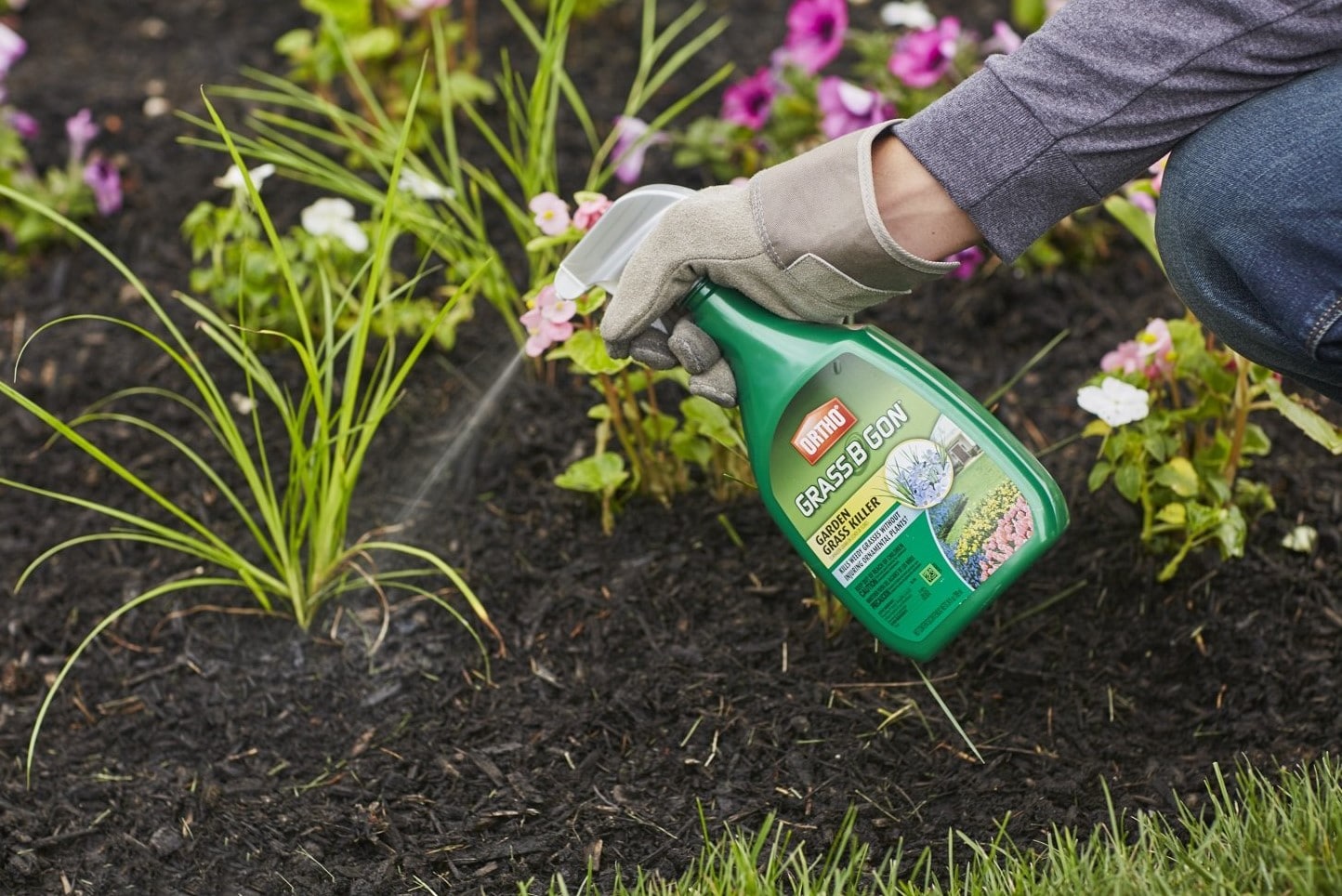
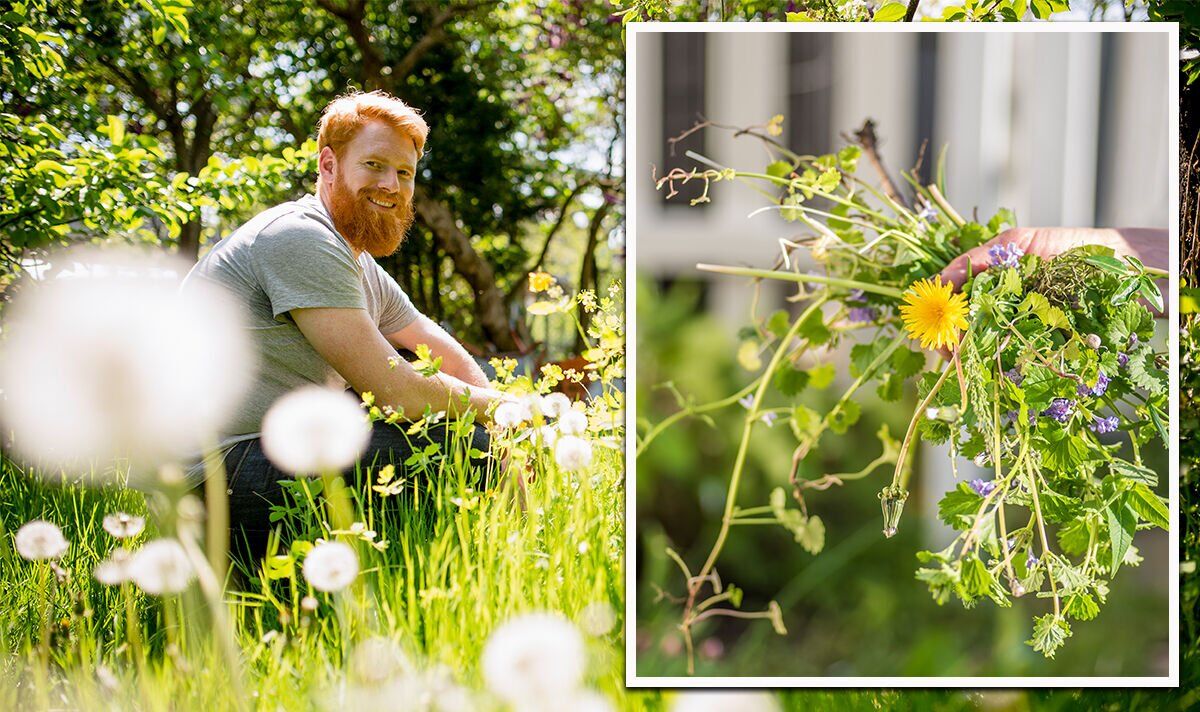
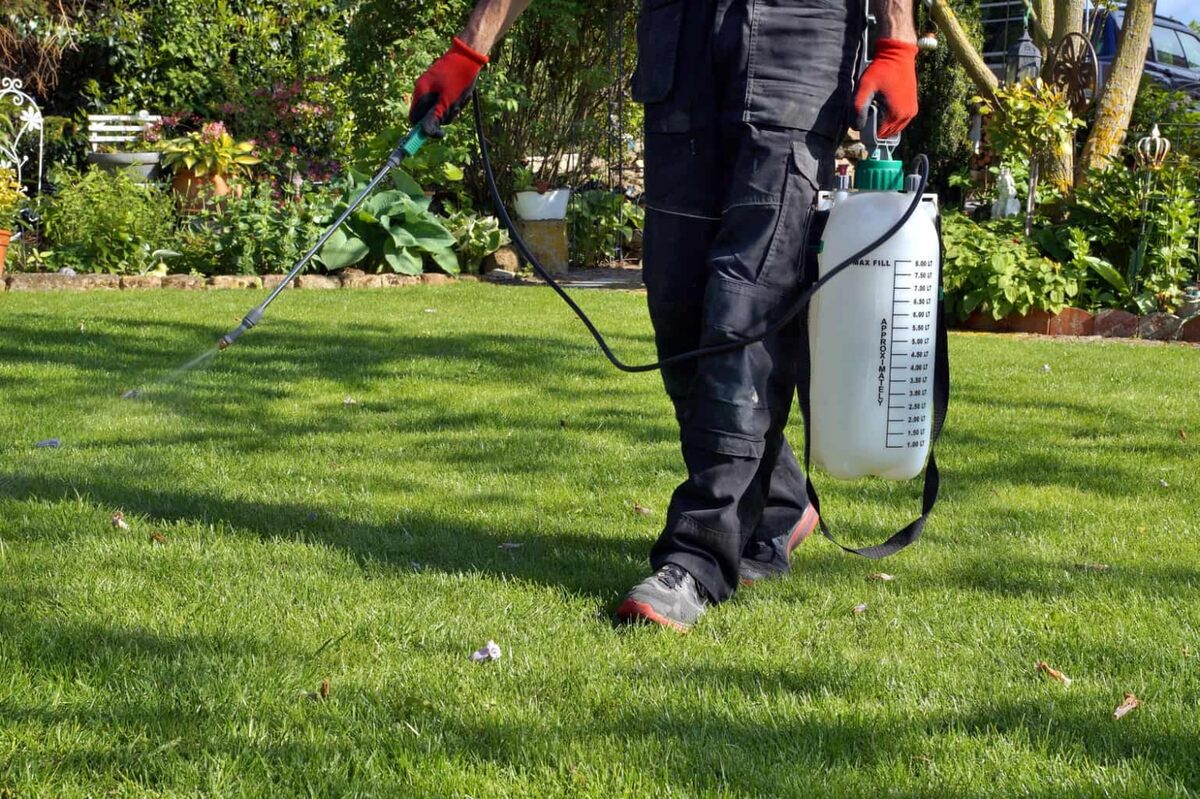
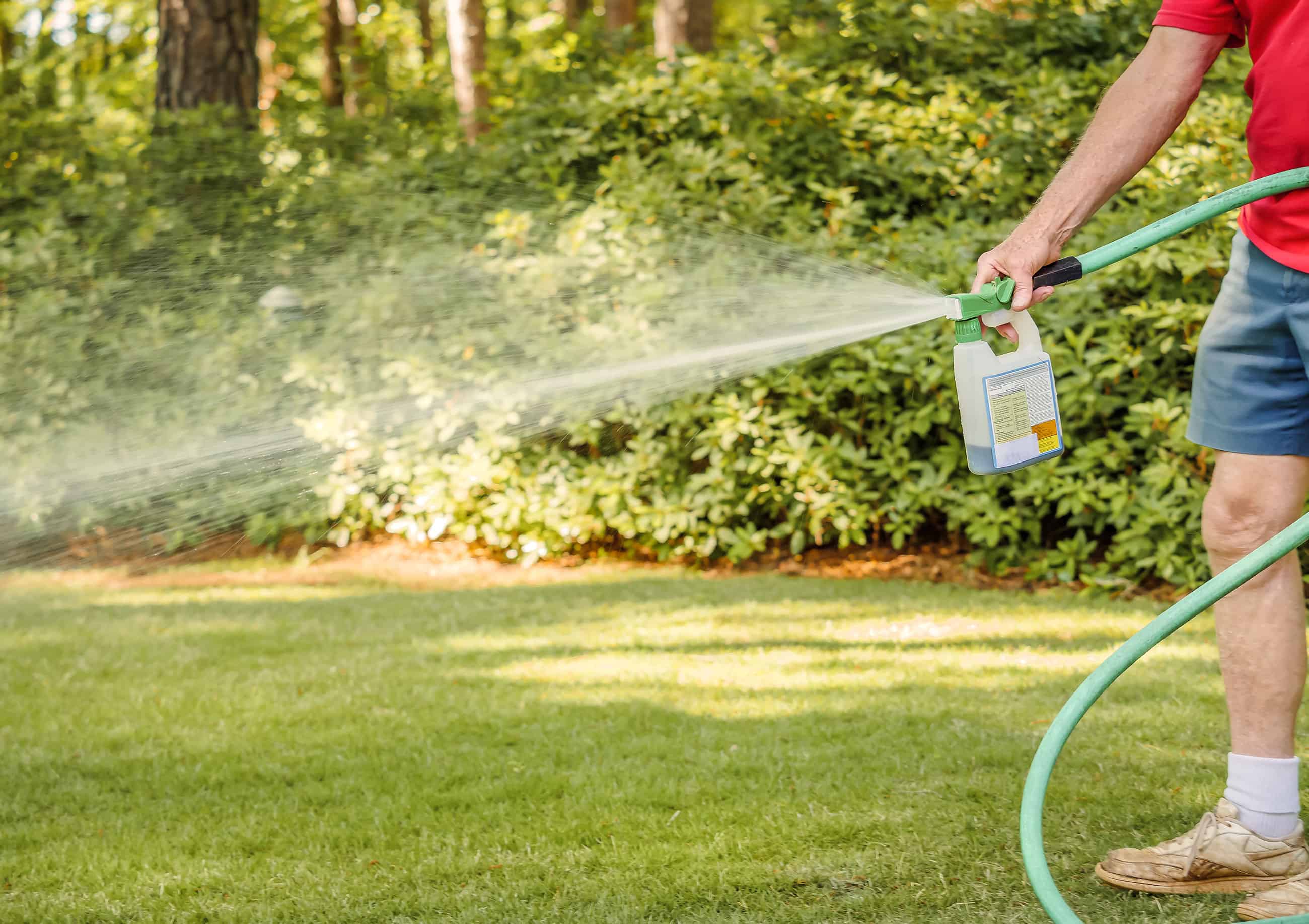
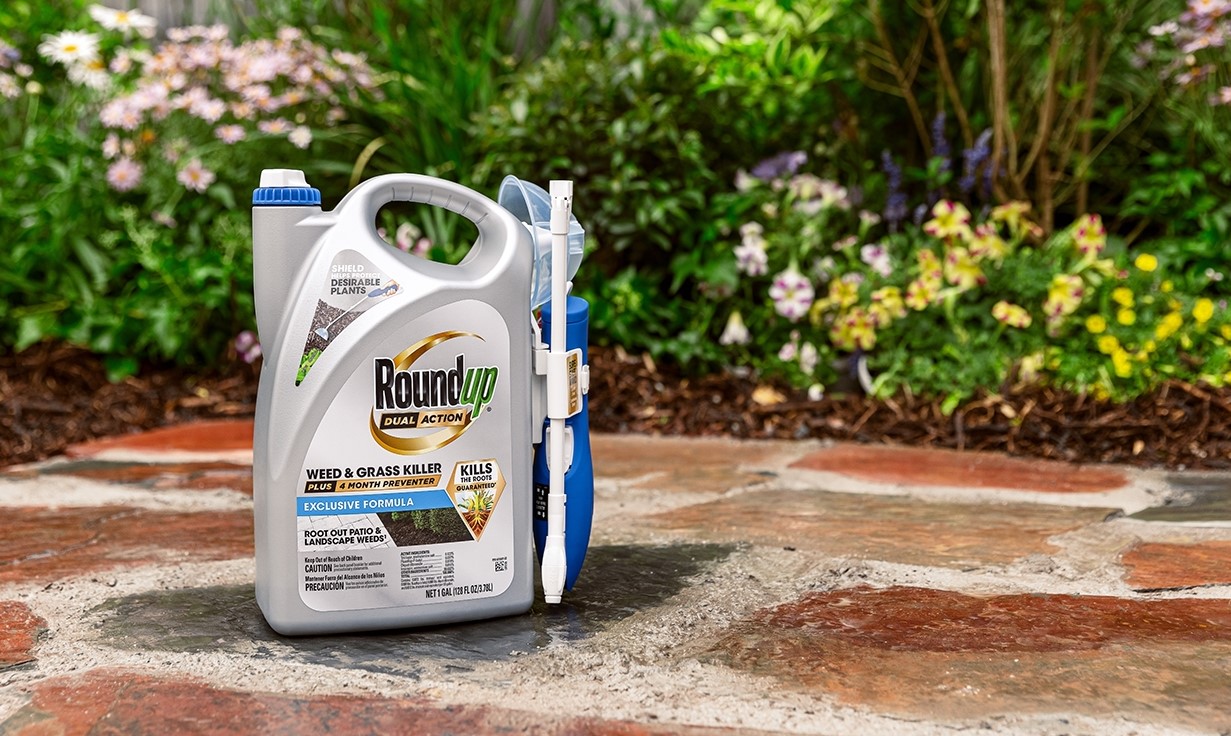
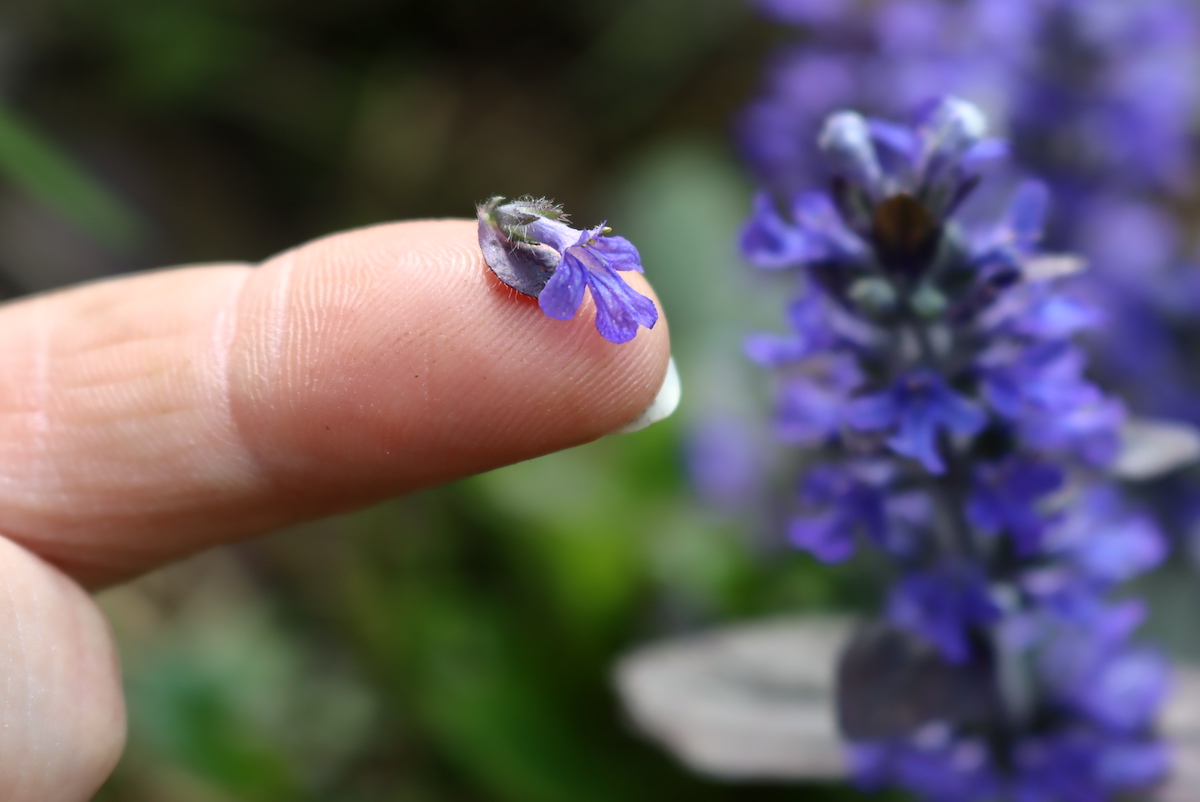
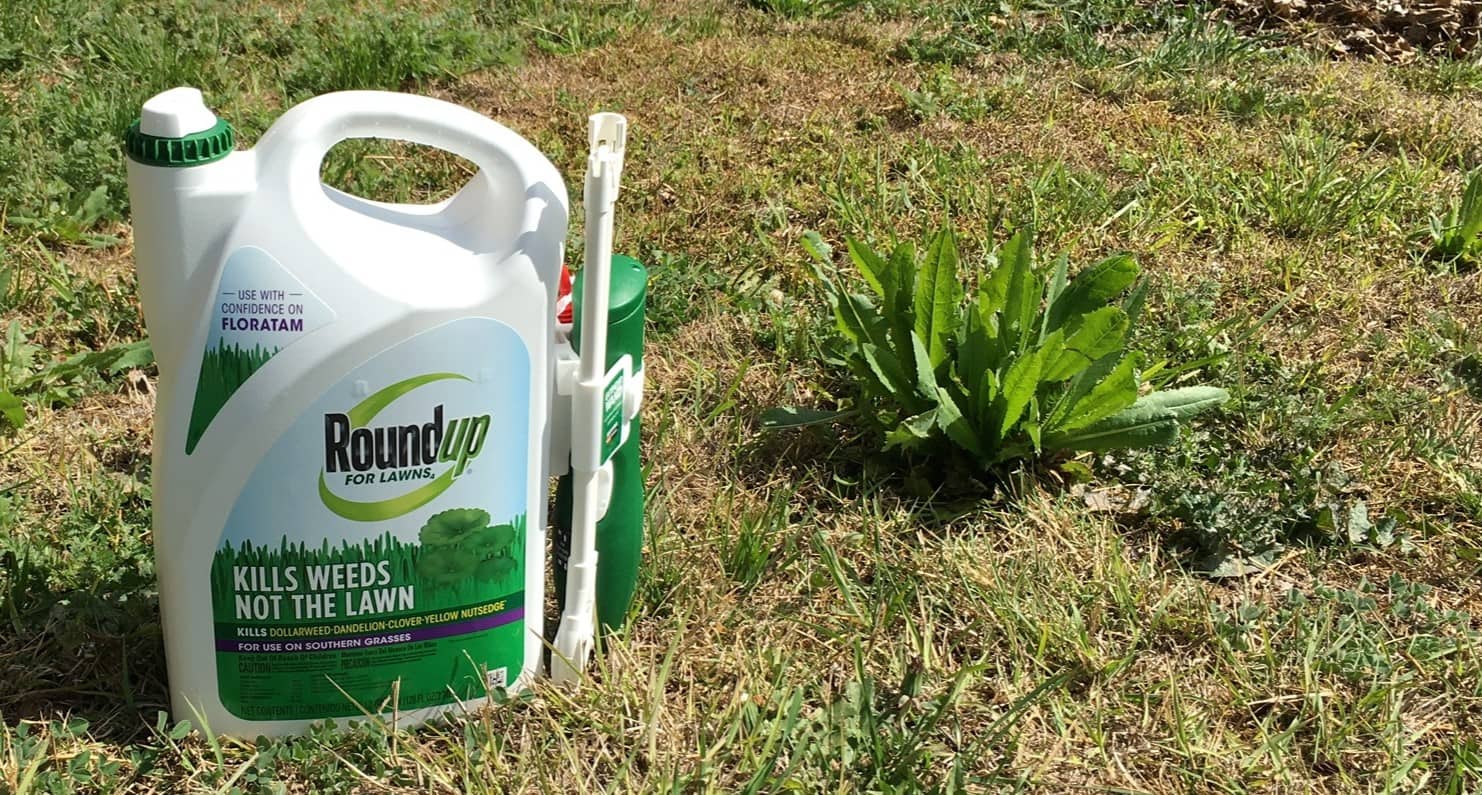
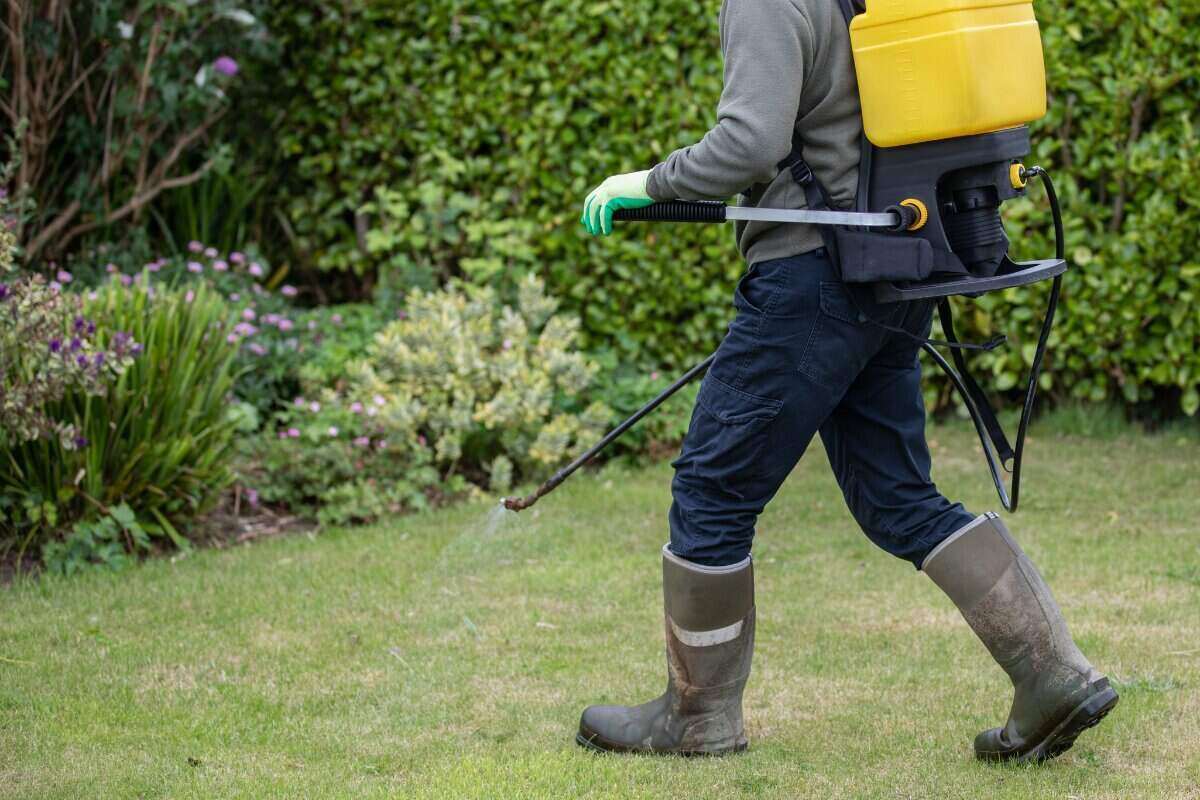
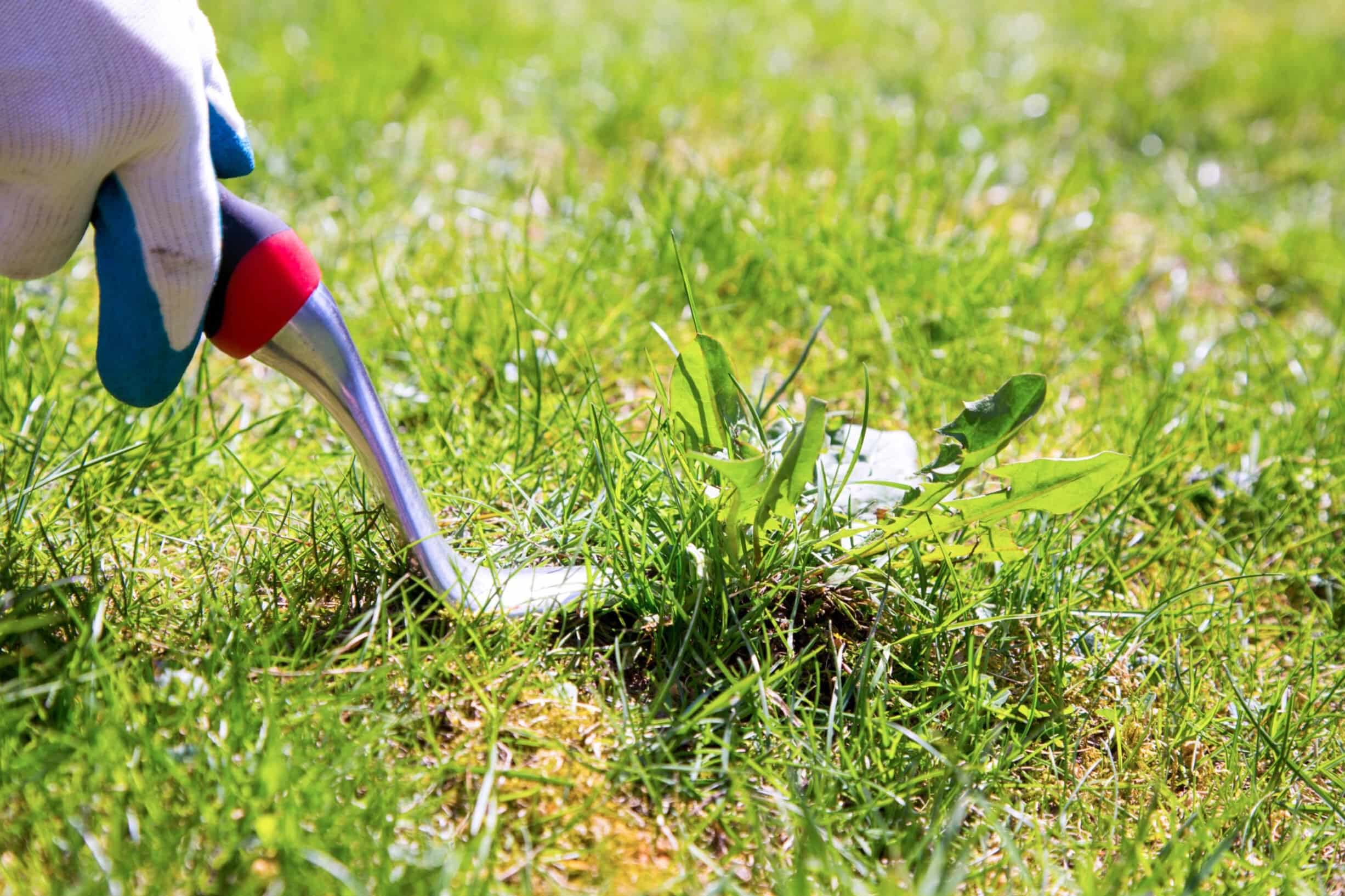
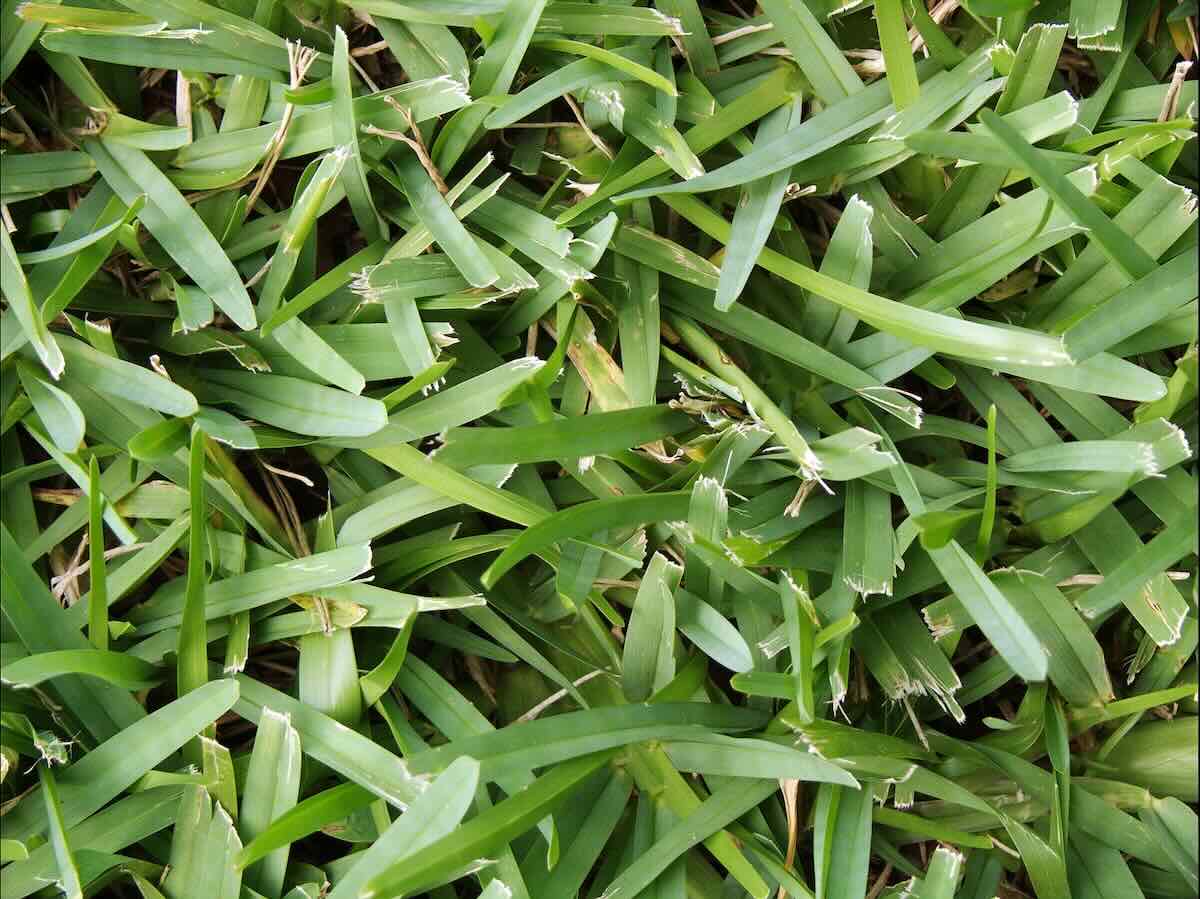
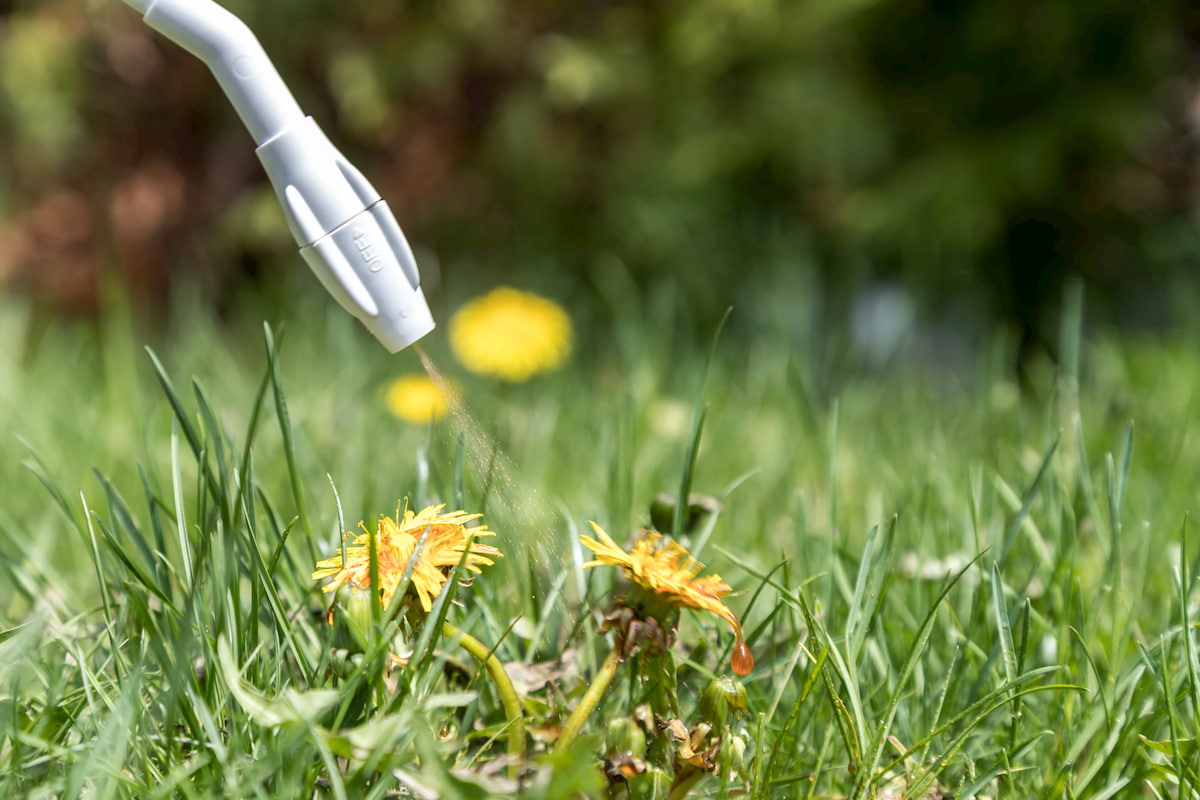
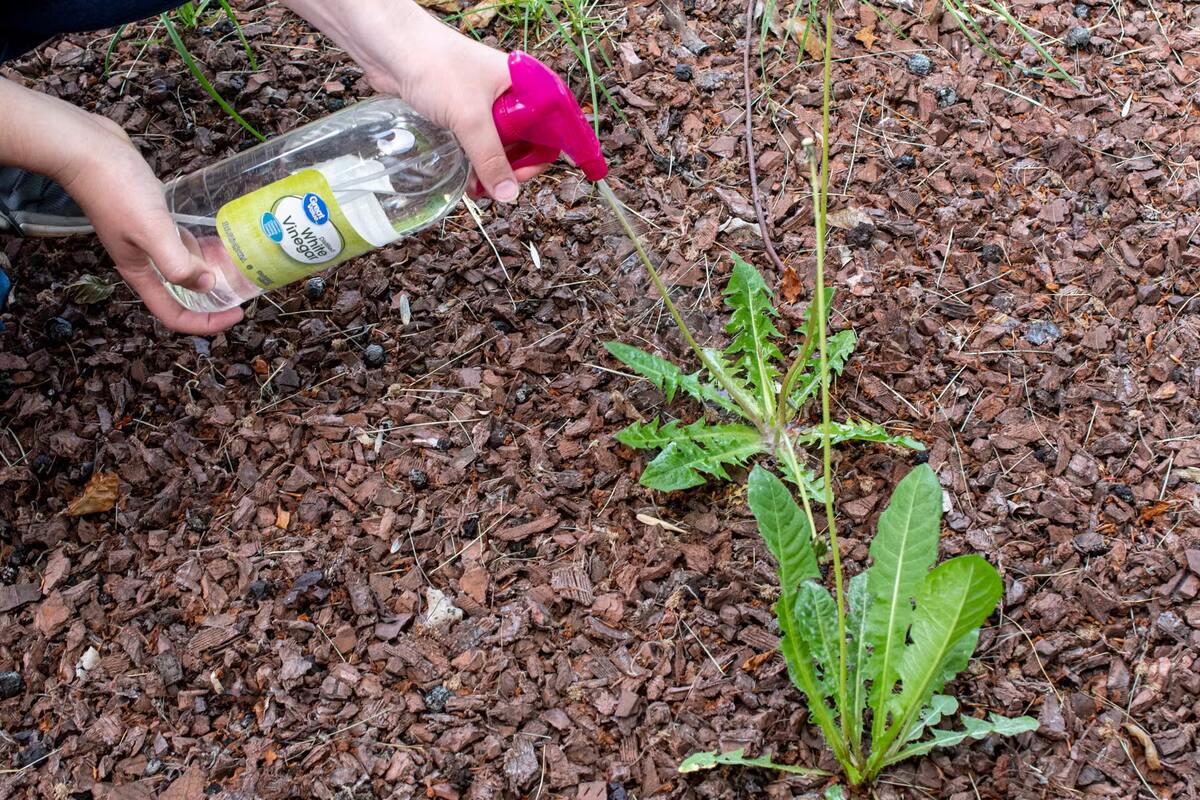
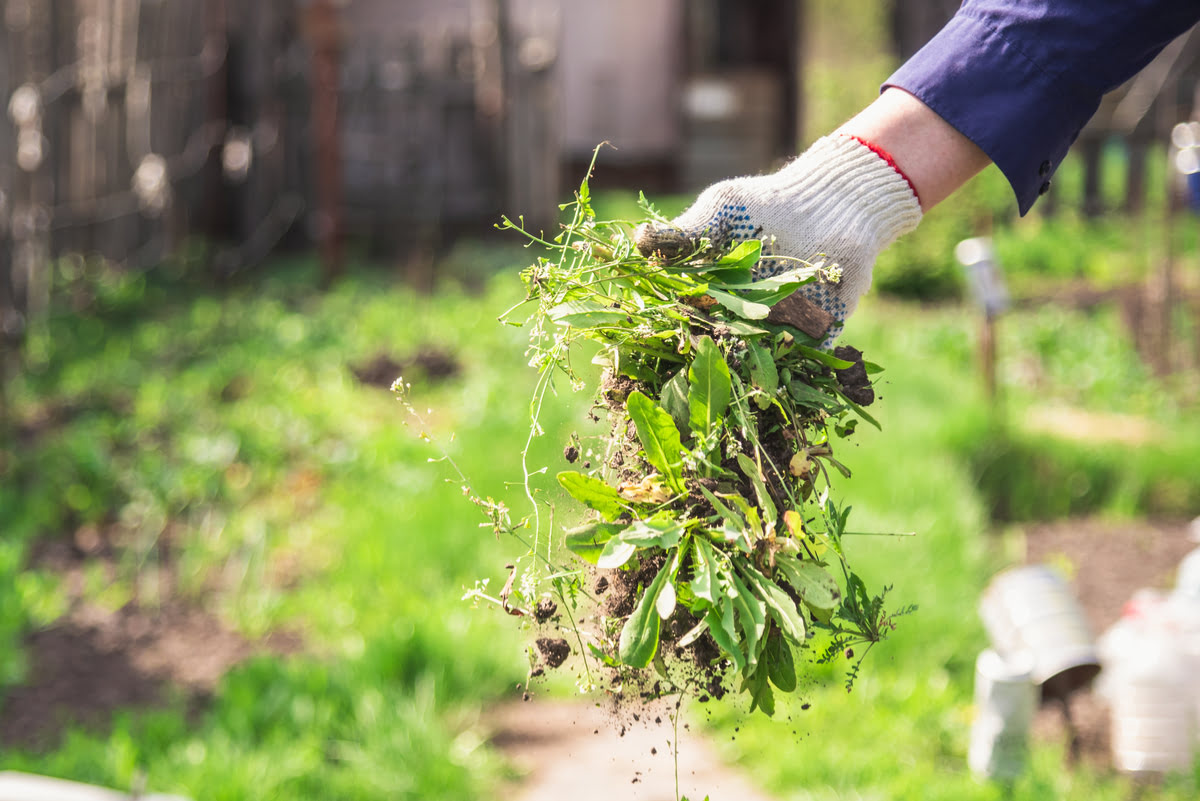
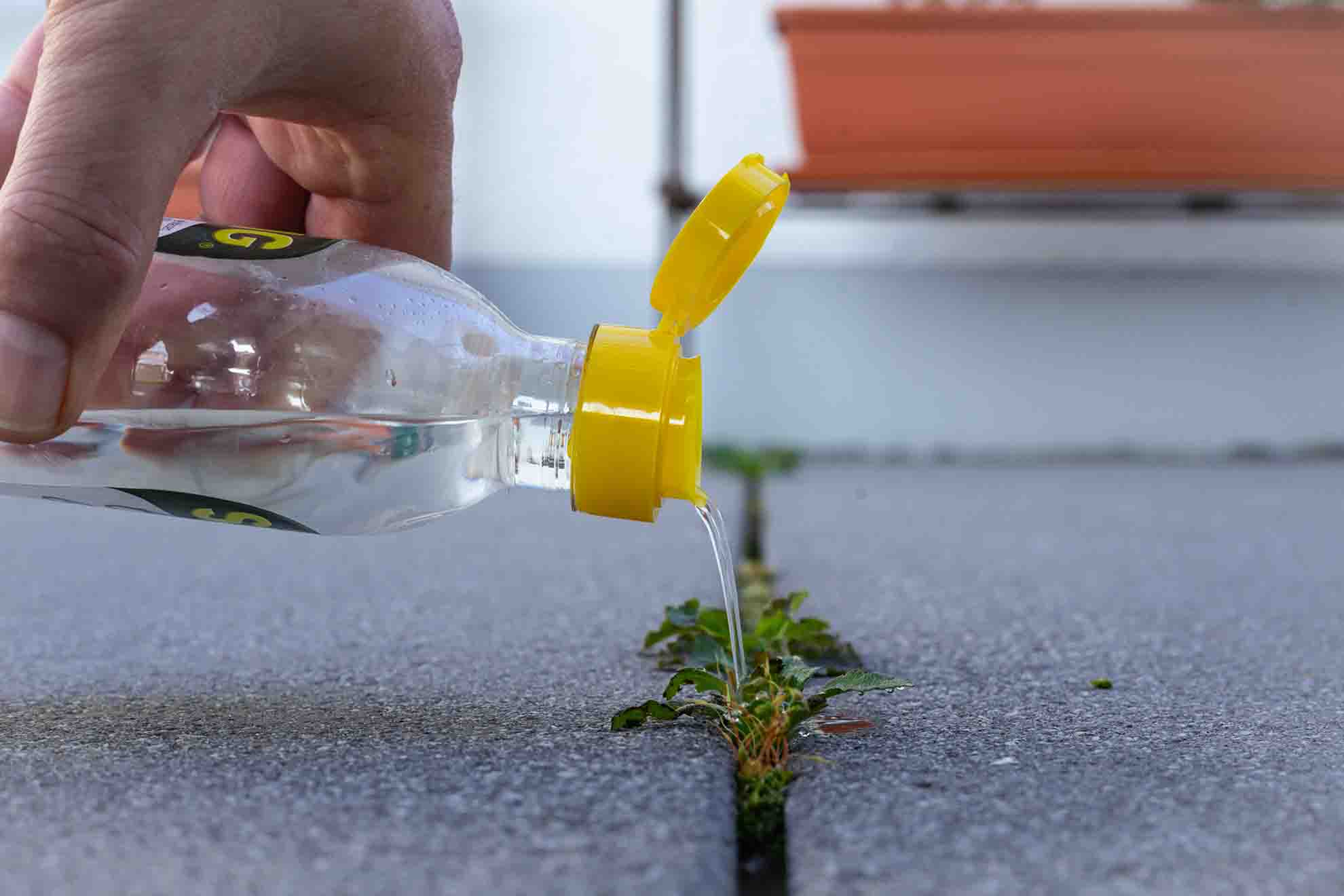

0 thoughts on “What Kills Grass And Weeds But Not Flowers”